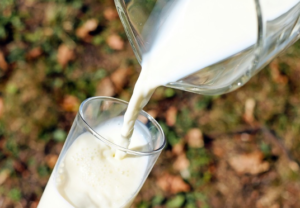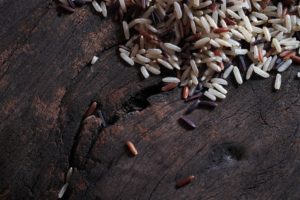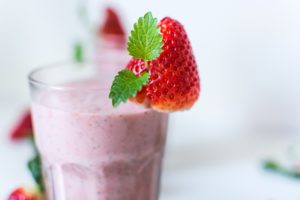The Best (And Worst) Protein Powders
Which protein powder is not harmful?
Additives in food are becoming a big deal and for good reason. Read this article to learn which ones to watch out for.
Although consuming protein powder is generally safe, there are a few potential hazards to be aware of. With some protein powders, for instance, there may be significant concentrations of sugar or artificial sweeteners, which may cause weight gain or other health issues. Moreover, some people may respond adversely to whey or soy, two components in protein powder.
It is vital to speak with your doctor or a certified dietitian if you have questions regarding the safety of protein powder. They may offer advice on the best protein powder for you to use as well as secure diet modifications. Among the protein powders that are typically regarded as secure are:
- protein from peas
- protein-rich brown rice
- protein made from hemp
- whey protein for eggs
These plant-based protein powders are devoid of common allergens like milk, eggs, and soy and are made from sources that are plant-based. Also, they contain little sugar and artificial sweeteners.
Are all protein powders equal?
Our bodies need protein. Most of us don’t get enough to fuel our busy lifestyles, while those wanting to gain more muscle need more than average. In recent years, protein powders have become a quick and easy way to up our intake, but not all are created equal. First, you should know that there isn’t just one kind of protein powder. There are at least seven:

When milk forms into curds, whey is the watery part left over
Whey
This is the most common type of protein powder you’ll find. It promotes lean muscle growth, fat loss, and a healthy metabolism. The body absorbs it quickly, so it’s good for after an intense workout. Some people are sensitive to it because it contains lactose.
Casein
Another milk-based protein, casein is similar to whey, but takes longer to digest, so it isn’t best for post-workout recovery.
Soy
A protein with all of the essential amino acids, soy can improve your immune system and bone health. There’s some controversy about its effects on hormone levels and soy is often genetically-modified.
Egg
A complete protein, egg protein powder has other essential vitamins and minerals. It’s one of the most expensive type of protein, however, and can trigger allergies.
Hemp
Vegan-friendly and hypoallergenic, hemp protein has a great mix of essential fatty acids, but it’s as expensive or pricier than egg protein.

Rice protein is more expensive than other types
Rice
Vegetarian protein powders are usually made from brown rice, which is a good source of complex carbs, fiber, and vitamin B. It digests very easily and generates very little waste. It lacks some of the amino acids that other protein powders have.
Pea
One of the newer protein powders out there, pea protein is hypoallergenic and has all of the essential amino acids, though experts recommend that you don’t use it as your primary protein source.

Unflavored protein powders mix well into everything, including smoothies
What are the best protein powders available?
There are lots of high-quality protein powders out there, but it isn’t always easy to know what to look for. To start, be on the lookout for artificial sweeteners and additives. You want to avoid long ingredient lists. The best way to do this is to get unflavored protein powder. Odds are this kind will have less sugar and flavorings. Lastly, organic protein powders will always be better than something that’s highly-processed. Here are some examples of quality powders:
Raw Greens Organics
Vegan-based, this company’s Organic Vegan Protein Powder is a blend of ingredients like pea protein, hemp protein, and organic flaxseed. Two tablespoons equals 15 grams of protein.
Promix Grass-fed
For those who aren’t vegan, grass-fed whey protein is the way to go. It has a higher concentration of omega-3 fatty acids and conjugated linoleic acid, which helps burn fat and build lean muscle. One serving gives you 25 grams of protein.
Paleo Protein Pure Egg
With 25.2 grams of protein per serving, this egg protein doesn’t skimp. It also has all the essential amino acids and just two ingredients: egg white powder and sunflower lecithin. The eggs came from non-GMO chickens free from antibiotics and hormones.
What are the worst protein powders?
A lot of protein powders are essentially garbage. Anything that’s highly-processed, too cheap, or full of artificial ingredients is going to do more harm than good. Keep up to date on research to learn which powders test positive for contaminants like heavy metals and always do a quick google search before choosing a powder. Here are some to avoid:
Muscle Milk – too many additives and sweeteners
Body Fortress Whey Protein – too cheap and made with inferior ingredients
BSN Syntha-6 Protein – too many artificial sweeteners
GNC Amplified Wheybolic Extreme 60 Ripped – inferior ingredients/misleading advertising





